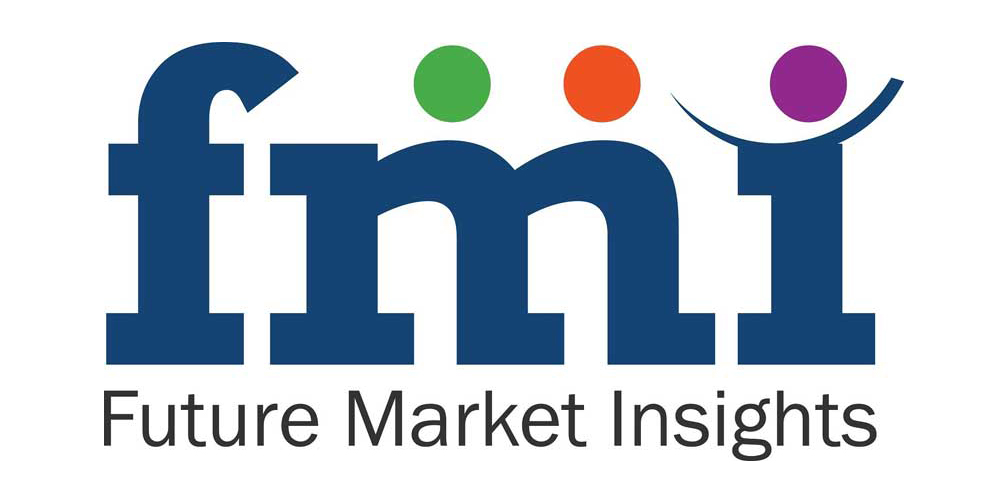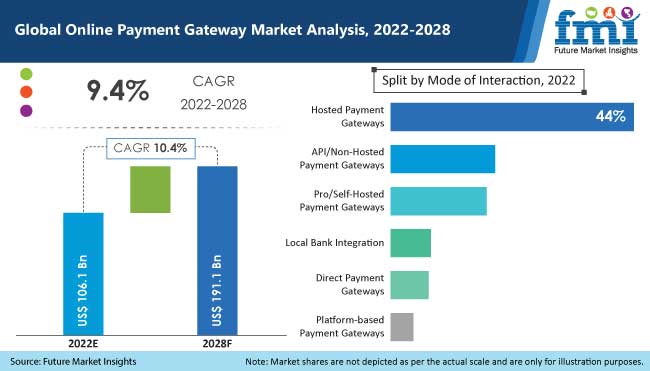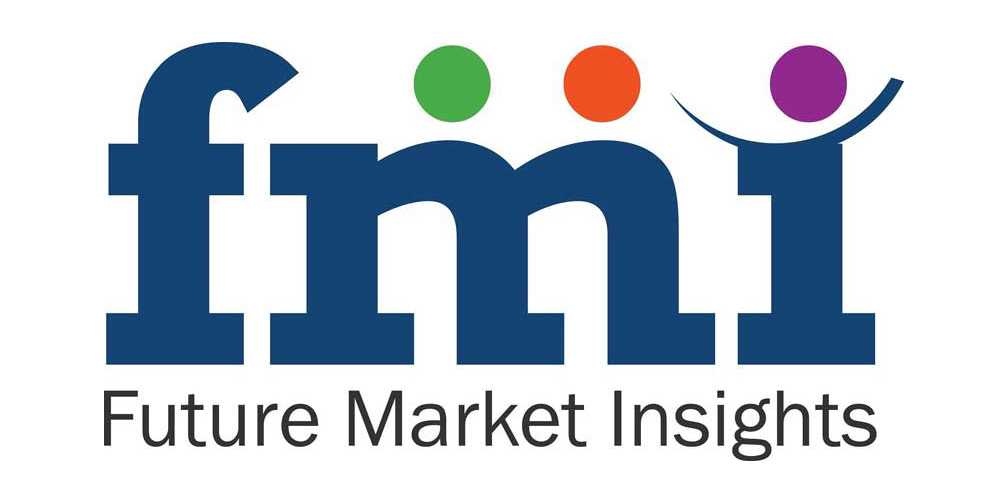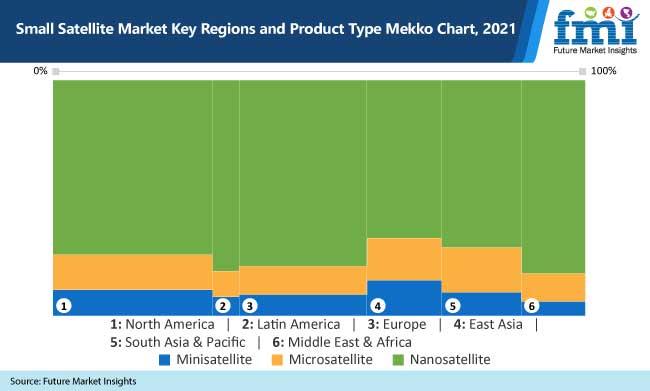A new research study by Future Market Insights (FMI) presents useful insights on the growth in adoption of wireless microphones across key regional markets. According to the report titled “Wireless Microphone Market: Global Industry Analysis 2013 – 2017 and Opportunity Assessment 2018 – 2028,” the wireless microphone market is growing rapidly due to the changing technological environment that is intensifying the competition among players. According to the report, the global wireless microphone market is expected to witness a CAGR of 8.0% from 2018 to 2028. In 2017, the market was worth US$ 1,926 Mn and is expected to reach a valuation of US$ 4,496.9 Mn by the end of 2028.
Request a Sample of this Report @ https://www.futuremarketinsights.com/reports/sample/rep-gb-6486
Manufacturers are focussing on offering wireless microphones with high functionality and innovative design in order to acquire a large share in the global market. Some of the key players such as Shure Incorporated, DPA Microphones, RODE Microphones, Samson Technologies Inc., JTS Professional, Audio-Technica Corporation, Sennheiser electronic GmbH & Co. KG, AKG Acoustics, MIPRO Electronics, inMusic Brands, Inc. etc. are launching new products and entering into key partnerships in order to establish their foothold in the global market.

Growing Demand for Wireless Technology to Bolster Market Growth
The introduction of digital wireless technology is augmenting the growth of the wireless microphone market. The implementation of wireless technology offers benefits such as low voice distortion, less noise interference, increased opportunity for encryption, and enhanced reliability of signal transmission. The adoption of digital wireless technology and the introduction of professional microphones without noise distortions at affordable prices will drive the global wireless microphone market. The U.S, Japan, and China are the largest revenue generators in the wireless microphone market. Further, the economic development of the countries in Latin America and the Middle East and Africa, and the growth of the music industry in these regions will have a positive impact on the global wireless microphone market.
Given the improving economic conditions in certain regions and the introduction of innovative wireless technologies, leading players are focussing on expanding their businesses in emerging countries in APAC and Latin America. Vendors will try to distinguish their products and service offerings through a clear and unique value proposition during the forecast period. Prominent players and emerging companies are investing in the development of innovative products with advanced features and are also focussing on product portfolio upgrades to gain a larger market share in the global wireless microphone market.
Ask An Analyst @ https://www.futuremarketinsights.com/ask-the-analyst/rep-gb-6486
Availability of Low Quality Products to Restrain Market Growth
The cost of wireless microphones varies across regions as there is a large presence of several local players in the different regional markets. Sometimes, users from developing countries such as India tend to choose wireless microphones with lesser pricing, as they are ready to compromise on the brand and applications of the microphones. This can turn out to be a grave challenge for wireless microphone brands to maintain their sales especially in the Tier II and Tier III cities of developing countries.
Manufacturers of wireless microphones in Europe have been focusing on building a fast and more effective sales and distribution network for their products across key local markets. As a part of meeting their objectives, manufacturers are using online sales channels to help customers buy various types of microphones. Furthermore, they are also providing price incentives for online purchases, and have been stationing their direct business development representatives and agents in various cities to ensure quick product delivery.
The launch of corporate e-learning programmes, which are designed for skill development and to train employees, is driving the demand for wireless microphones in the global market. The implementation of IT-enabled training rooms coupled with a boost in the employment rate in some of the major European countries is expected to contribute to the revenue growth of the global wireless microphone market during the forecast period.
Russia is one of the prominent countries in the Europe wireless microphone market. The continuous development in wireless technology and an increase in the number of events and shows due to a steady rise in tourism is one of the major factors contributing to the growth of the wireless microphone market in the region.
By Supporting Technology
- Bluetooth
- Wi-Fi
- Others (NFC, RFID, etc.)
By Type
- Handheld
- Clip-on
- Headworn
- Lavalier
- Bodypack
- Others
By End User
- Events
- Education
- Corporate Sector
- Media & Entertainment
- Government
- Aerospace & Defense
- Others
By Region
- North America
- Latin America
- Western Europe
- Eastern Europe
- Asia Pacific
- China
- Japan
- Middle East and Africa
Buy Complete Report @ https://www.futuremarketinsights.com/checkout/6486
Contact Us:
Future Market Insights
Unit No: AU-01-H Gold Tower (AU), Plot No: JLT-PH1-I3A,
Jumeirah Lakes Towers, Dubai,
United Arab Emirates
For Sales Enquiries: sales@futuremarketinsights.com
For Media Enquiries: press@futuremarketinsights.com
Website: https://www.futuremarketinsights.com





